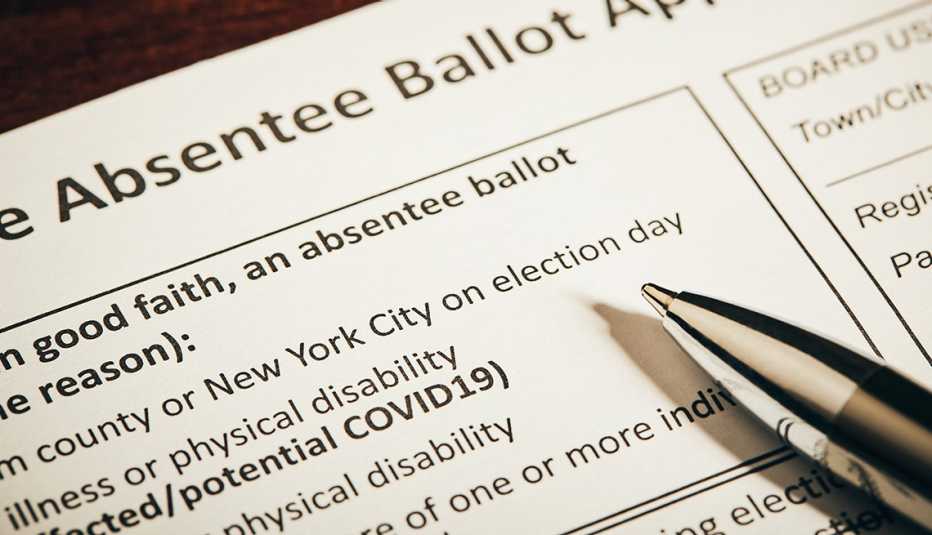Staying Fit


Minnesota voters will be able to cast their absentee ballots without a witness signature, and those ballots will be counted as long as they are postmarked on or before Election Day, a county judge has ruled.
The court decision came in a lawsuit brought by NAACP of Minnesota and the Dakotas and two older voters (and supported by AARP) that asked for the witness requirement to be waived for the November election and also that the state send an absentee ballot to all registered voters.


AARP Membership— $12 for your first year when you sign up for Automatic Renewal
Get instant access to members-only products and hundreds of discounts, a free second membership, and a subscription to AARP the Magazine.
“It is reasonable to conclude that the witness requirement impermissibly and irrationally denies the fundamental right to those individuals while there is still ongoing community transmission of COVID-19,” Assistant Chief Judge Sara Grewing, of the Second Judicial District in Ramsey, wrote in her ruling.
Minnesota also will be required to count any absentee ballot that is postmarked on or before Election Day, as long as it is received by 8 p.m. within one week of Election Day. Grewing rejected the request that absentee ballots be automatically mailed to all voters.
“In this unusual global crisis, it is more than reasonable to conclude that a ballot placed with the United States Postal Service quite possibly might not be delivered until on Election Day,” Grewing wrote. “It is reasonable for the Secretary to conclude that a ballot posted on or before Election Day should be counted.”
Minnesota is one of a dozen states that require that absentee ballots be witnessed and the only state that requires the witness to be a registered voter. Virginia, which is one of those states, agreed to waive the witness rule for its June primary. Actions to set aside the requirement for the general election are also pending in other states.

































































More on politics-society
Will Older Voters Decide the 2020 Election?
November remains unpredictable with concerns over how Coronavirus will affect the voting processHow Will America's Many Crises Affect Your Vote in November?
Pandemic, economy, race likely to drive election outcomesWill the Coronavirus Affect the 50-Plus Vote?
See how the campaigns are changing, and how citizens will cast their votes